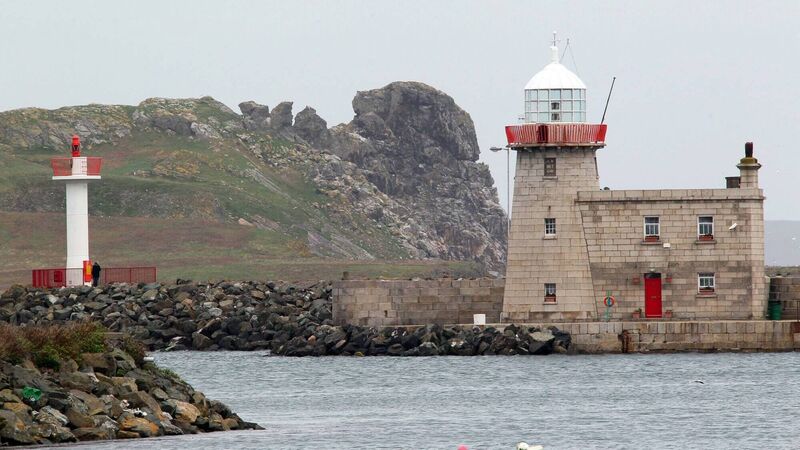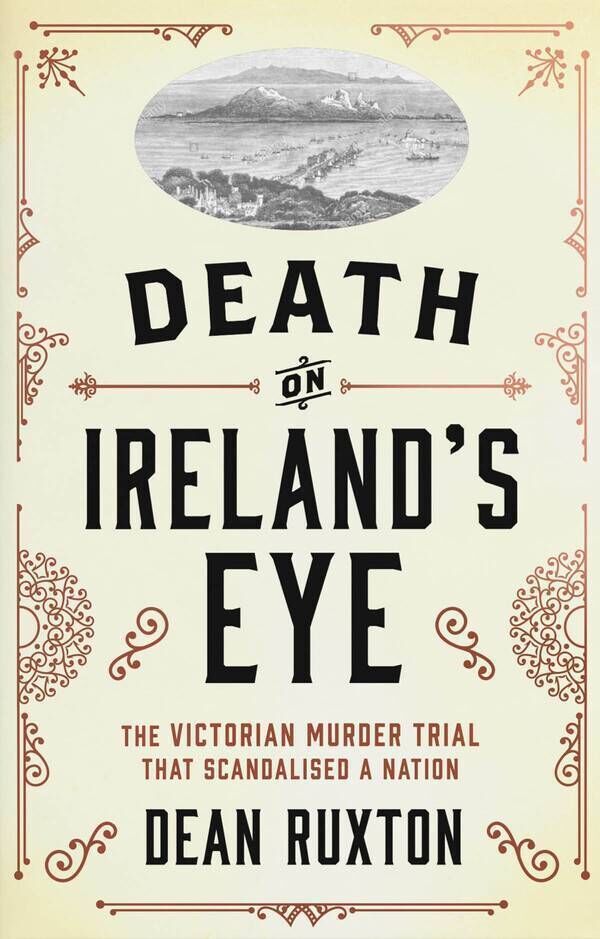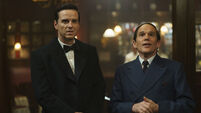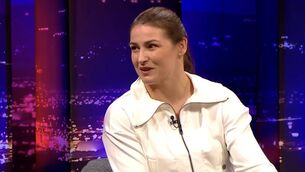Book review: Revisiting a grisly death on Ireland’s Eye in Victorian times

A file photo of Howth Harbour
SCREAMS rang out across Howth Harbour, around 7pm on the evening of Monday, September 6. 1852, and witnesses said the cries came from the direction of Ireland’s Eye, the small, uninhabited island less than a mile from shore.
That morning, fishermen had dropped William Burke Kirwan and his wife Maria to Ireland’s Eye, where William, described half a century later in the Weekly Irish Times as “an artist of no mean order”, said he would spend the day sketching the island, with its Martello tower and 8th century church ruins, and Maria, “a remarkably fine-looking person”, would take walks and enjoy sea swims.
The couple had been living in rented accommodation in Howth for some months, and when the boatmen returned to collect them at sunset, Maria was missing, with her husband saying they had become separated during a rain-shower. After a search of the island, now in the gathering dark, Maria’s body was found in a rocky inlet known as “the Long Hole”.
The subsequent inquest found that Maria had died by drowning, and she was laid to rest, and that should have been the end of the matter, had not a scandalous secret come to light. While married to Maria, William Kirwan was found to have been living a double life with a woman called Theresa Kenny, known locally as “Mrs Kirwan”, with whom he shared a home on Lower Dorset Street, and with whom he had eight children, seven of whom had survived.

Maria’s body was exhumed a month after the burial, and after an unsatisfactory post-mortem – the body had been buried in wet ground – William Burke Kirwan was arrested for her murder. Soon, other, damning details emerged: Kirwan was said to have been abusive toward Maria, and it seemed she had been living in fear of him. Other, even darker, suggestions circulated.
The case became a sensation, with Victorian prurience focusing upon the immorality far worse than murder at its centre, and the courthouse was packed for the days of Kirwan’s trial.
More than a century-and-a-half later, Dean Ruxton, a journalist working with the Irish Times, became fascinated with the Ireland’s Eye case when he wrote about it for the archive project “Lost Leads”, and he decided to retell the story as a novel.
Without indulging in spoilers, it can be said that after the trial - which focused almost exclusively on circumstantial evidence – an Anglo-Irish media war broke out, sparked most likely when The Times of London reported “The case of Mrs Kirwan will retain a painful notoriety even in the dismal annals of Irish crime”. Among other Irish newspapers defending the national good name was the Cork Examiner, which accused The Times of “pandering to the grossest and most outrageous prejudice and ignorance”.
Foreshadowing today’s comments section, newspaper letters pages became battlegrounds between amateur and allegedly professional experts arguing the details, often anonymously, so much so that the Crown was forced to revisit the case.
From our vantage point in the unimaginable future of the early 21st century, Ruxton has brought modern science to bear upon the case of William Burke Kirwan and his wife Maria, asking not just how the case might have gone today, but also what the science of 2021 might say about Maria Kirwan’s death all those years ago on Ireland’s Eye.
Dean Ruxton has written an authoritative and very readable account of a case which, were it to have happened today, would likely cause just as sensational a scandal now as it did in 1852.
- Death on Ireland’s Eye by Dean Ruxton
- Gill Books €16.99








